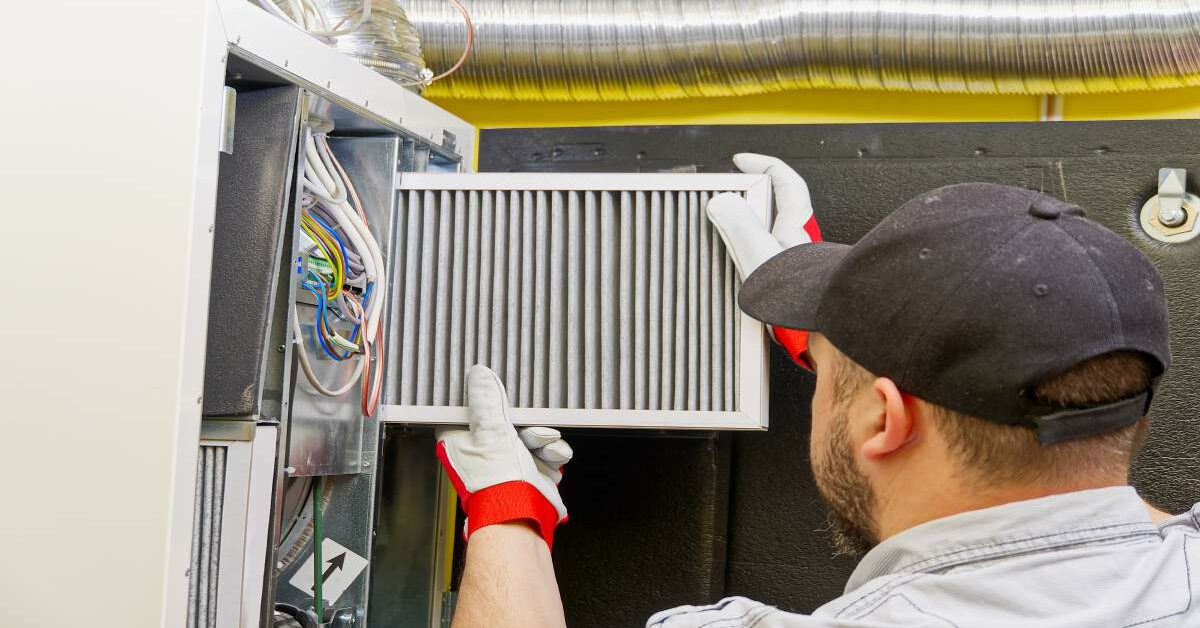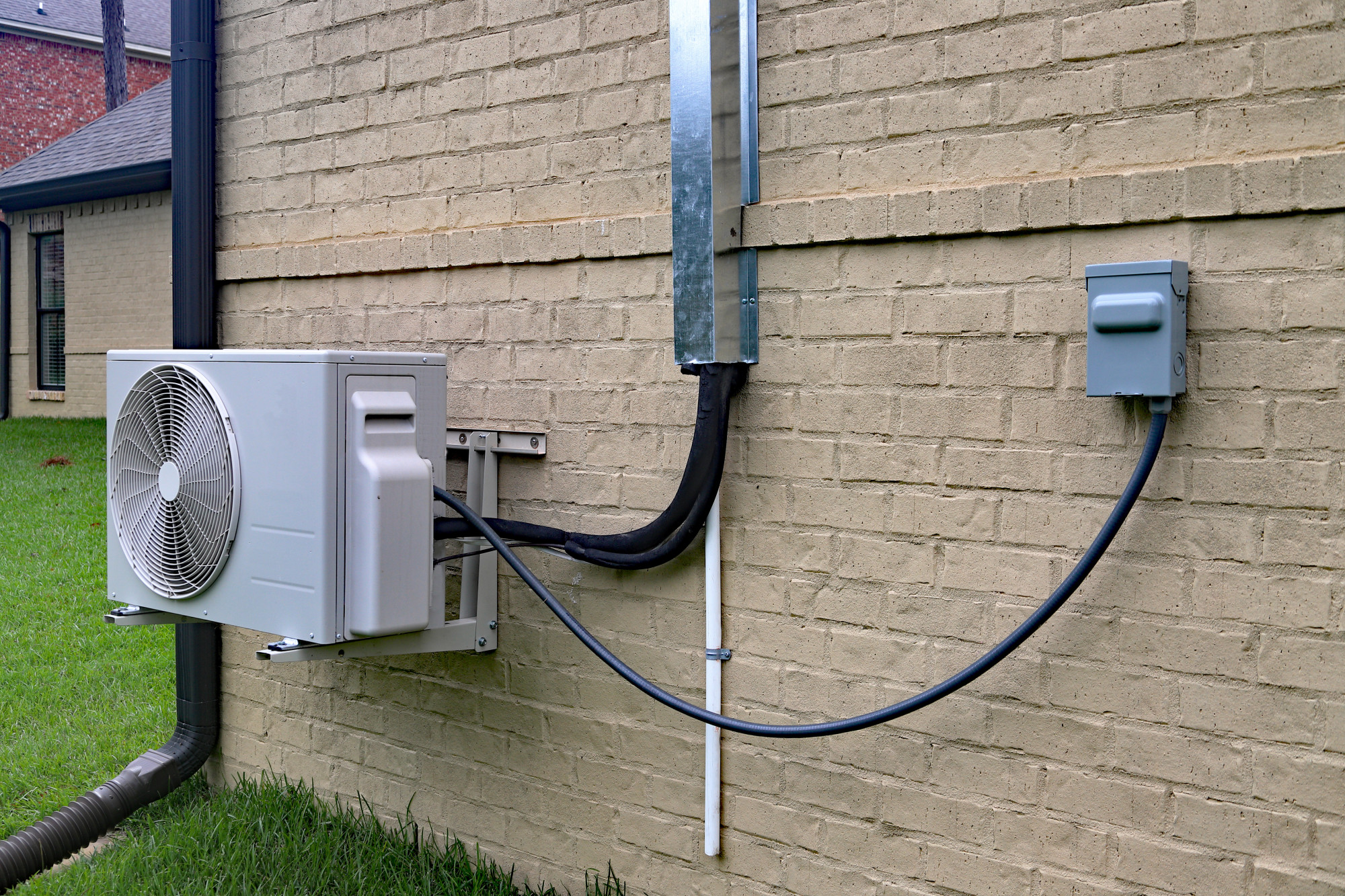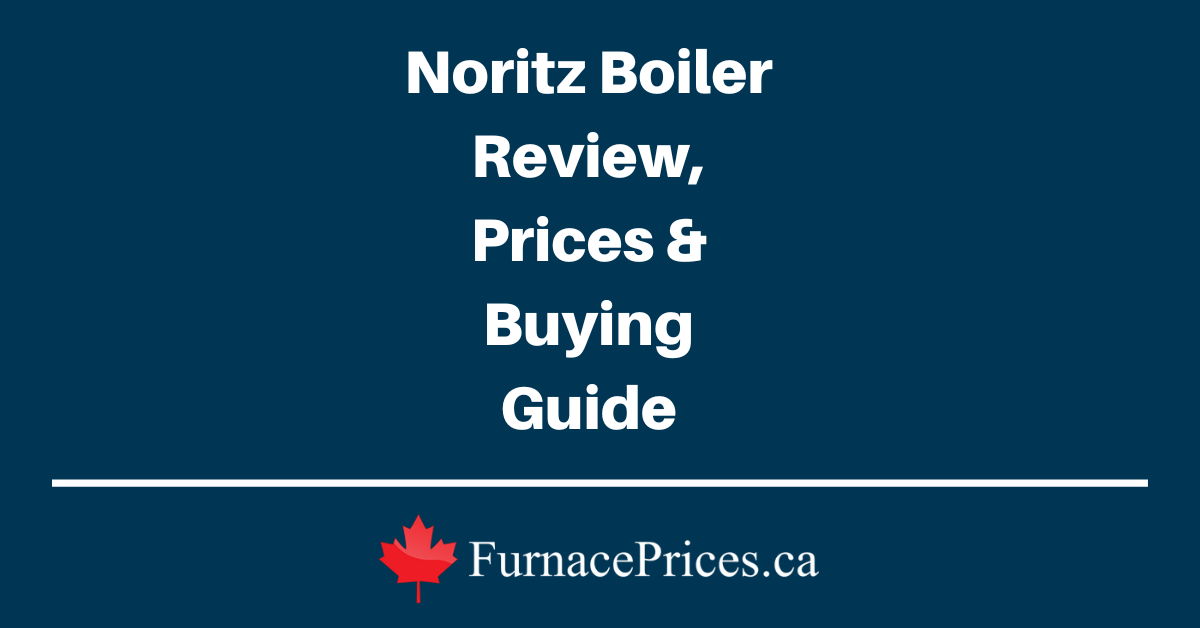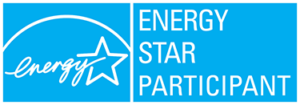Canada and the US get large amounts of sunshine throughout the year, as you can see in the World Bank Global Solar Atlas. This represents an excellent opportunity to install solar panels, especially when both countries are dealing with rising energy costs.
- Canada has an average electricity price of CA$0.192 per kilowatt-hour (kWh) as of 2023, while the US has an average electricity price of US$0.1591 per kWh.
- For every 1,000 kWh generated by solar panels, the average Canadian home can save around CA$1,920 while the average US home can save around US$1,591.
Solar panels can save thousands of dollars throughout their service life, but you must make sure you are purchasing high-quality equipment and getting a professional installation. In this guide we discuss the main features you should consider when comparing solar panel brands:
- Rated wattage and energy conversion efficiency
- Solar panel size and design
- Warranty coverage
- Solar panel degradation rate and long-term performance
- Solar panel performance at higher ambient temperatures
Purchasing high quality photovoltaic (PV) panels is important, but hiring a qualified solar installation company is equally important. This will ensure your solar PV system is optimally sized for the energy needs of your home and installed according to local codes and regulations. A professional installation is also important to ensure warranty coverage: solar manufacturers will normally void their warranty if their panels are not installed correctly.
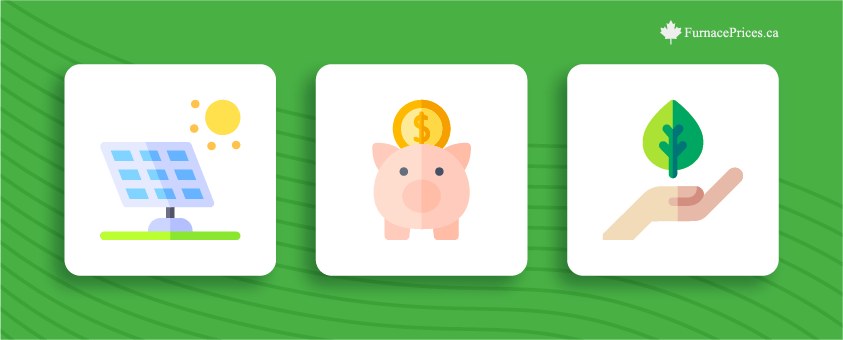
1) Solar Panel Wattage and Efficiency
The wattage of a solar panel indicates its electricity output when tested under controlled laboratory conditions. All manufacturers use the same testing conditions to ensure that their PV modules can be compared directly. On the other hand, the rated efficiency of a solar panel indicates the percentage of sunlight that is converted into electricity.
- The wattage and efficiency of a solar panel are closely related.
- Assuming you compare solar panels of the same size, those with a higher efficiency will also have a higher wattage.
Solar panels with a high wattage and efficiency use roof space more effectively, since you need less of them to cover the energy needs of your home. If you use panels with a lower wattage, you must install more and cover a larger portion of your roof. Lower wattage panels tend to be more affordable, but they also save less electricity over their lifespan.
The following table compares the wattages and efficiency ratings of six solar panel series from leading brands. As of 2023, you can find many residential solar panels with a power output of over 400W and a rated efficiency of over 20%.
| Solar Panel Brand and Product Line | Rated Wattage | Rated Efficiency |
|---|---|---|
| SunPower Maxeon 6 AC Series | 420W - 445W | 21.7% - 23.0% |
| REC Alpha Pure-R Series | 400W - 430W | 20.7% - 22.3% |
| Panasonic EverVolt HK2 Black Series | 420W - 430W | 21.7% - 22.2% |
| Canadian Solar HiHero Series | 420W - 445W | 21.5% - 22.8% |
| Silfab Prime Series | 370W - 430W | 20.2% - 22.1% |
| Q CELLS Q.PEAK DUO BLK M-G11S+ Series | 390W - 410W | 20.0% - 21.0% |
2) Solar Panel Design and Size

Solar panels vary in their size and appearance. The main factor that determines their color of is the type of silicon PV cell used to generate electricity:
- Monocrystalline cells are black.
- Polycrystalline cells are blue.
Monocrystalline panels have a higher efficiency than polycrystalline panels. SunPower and Silfab only make monocrystalline panels, while the other four brands in the table above make both types of solar panels.
You can also find thin-film panels, which use a layer of photovoltaic material instead of solar cells. However, thin-film panels have a lower efficiency and are not normally used in residential installations. These panels are better suited for portable applications and curved surfaces that require flexibility. You can also find lightweight thin-film panels with an adhesive backing, which can be easily installed on vertical surfaces.
Monocrystalline panels have become very popular for residential installations, since they use roof space very efficiently. Many homeowners also prefer their darker color over the light blue tone of polycrystalline panels.
- Some solar manufacturers sell mono panels with unpainted frames and backsheets, which normally have a much lighter color than the PV cells.
- Other manufacturers use black paint on the frames and backsheets of monocrystalline panels, to match the color of solar cells. This results in a uniform all-black appearance.
The following table compares the appearance of the same solar panel series considered in the previous section. All of them are monocrystalline, but the appearance of their frames and backsheets varies:
| Appearance Of The Solar Panel Series | Appearance |
|---|---|
| SunPower Maxeon 6 AC Series | White backsheet, black frame. An all-black version is also available, with a slightly lower wattage. |
| REC Alpha Pure-R Series | All-black design. |
| REC Alpha Pure-R Series | All-black design. |
| Panasonic EverVolt HK2 Black Series | All-black design. |
| Canadian Solar HiHero Series | White backsheet. Black frame and white frame versions are available. |
| Silfab Prime Series | All-black design. |
| Q CELLS Q.PEAK DUO BLK M-G11S+ Series | All-black design. |
Solar panels also vary in terms of size. Residential modules have a typical height of around 1,700-1,800 mm and a width of 1,000-1,100 mm. Most commercial modules are over 2,000 mm tall, while having roughly the same width as residential modules. You can install commercial panels in homes, but most installers prefer to work with the more compact residential panels.
3) Understanding Solar Panel Warranty Coverage
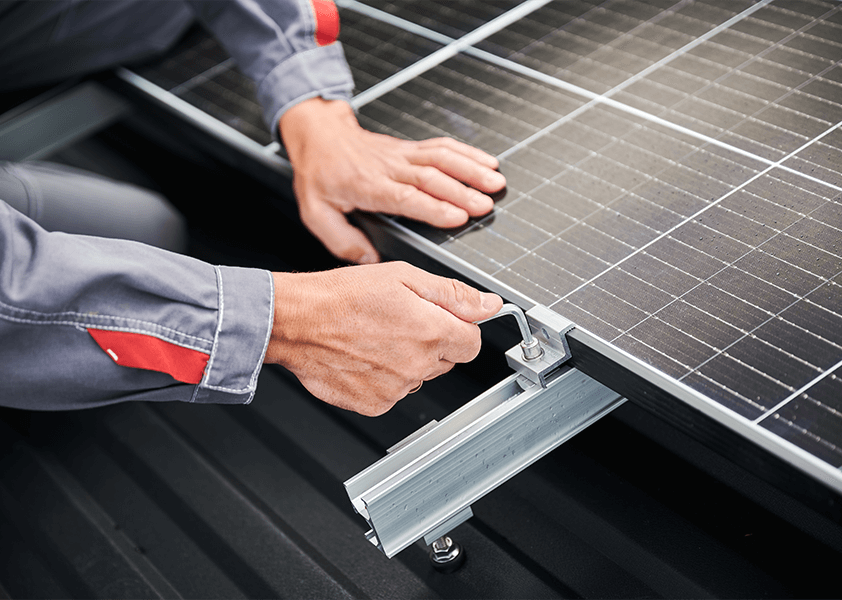
Unlike most home devices, solar panels have two types of warranties:
- Product Warranty: Covers material and manufacturing defects.
- Power Production Warranty: Covers electricity production over time.
Depending on the solar panel brand and series, the product warranty can range from 10 to 40 years, while the power production warranty ranges from 20 to 40 years. By looking for solar panels with a long warranty, you ensure that your PV system generates electricity for decades.
Here is a comparison of the warranty terms offered by the six solar panel brands we have been using as an example:
| Solar Panel Brand and Product Line | Product Warranty | Power Warranty |
|---|---|---|
| SunPower Maxeon 6 AC Series | 40 years | 40 years |
| REC Alpha Pure-R Series | 25 years | 25 years |
| Panasonic EverVolt HK2 Black Series | 25 years | 25 years |
| Canadian Solar HiHero Series | 15 years | 30 years |
| Silfab Prime Series | 25 years | 30 years |
| Q CELLS Q.PEAK DUO BLK M-G11S+ Series | 25 years | 25 years |
SunPower offers the longest solar panel warranty in North America, but their panels also have some of the highest prices. Most leading brands offer a 25-year product warranty and a 25-30 year power output warranty. Canadian Solar offers a 25-year product warranty in Europe and Japan, but only a 15-year warranty in other locations (including Canada and the US).
Get Quotes
How soon are you looking to buy?*



4) Solar Panel Degradation Rate: Long-Term Performance
All solar panels degrade over time, and this is reflected as a gradual decrease in their electricity output. However, high-quality panels degrade at a very slow rate, offering over 85% of their initial capacity after 25 years of use.
PV modules with a high wattage and efficiency generate more electricity, but you should also make sure they retain their energy output over time. Solar manufacturers specify a maximum performance loss per year, and the power production warranty applies if your solar panels degrade faster than the specified rate.
The best solar panels only lose around 1-2% of their capacity during the first year, and then less than 0.50% capacity per year. The following table compares the long-term performance of six high-quality solar panel series:
If two solar panels have the same wattage but different degradation rates, the panel with the slower performance loss will generate more electricity over time. As a quick example, assume your home solar system is designed to generate 10,000 kWh per year:
- If you use solar panels that offer 92% capacity after 25 years, your PV system will still generate 9,200 kWh or more.
- On the other hand, if the solar panels only offer 80% capacity after 25 years, you only get 8,000 kWh.
Solar manufacturers specify an expected power loss for the first year, followed by a smaller degradation rate from year 2 onwards. Here is a comparison of the degradation rates specified by the six solar brands we have been reviewing in this guide:
| Solar Panel Brand and Product Line | Specified Degradation Rate |
|---|---|
| SunPower Maxeon 6 AC Series | Year 1 = 2% loss Years 2-40 = 0.25% loss |
| REC Alpha Pure-R Series | Year 1 = 2% loss Years 2-25 = 0.25% loss |
| Panasonic EverVolt HK2 Black Series | Year 1 = 2% loss Years 2-25 = 0.25% loss |
| Canadian Solar HiHero Series | Year 1 = 1% loss Years 2-30 = 0.35% loss |
| Silfab Prime Series | Year 1 = 2% loss Years 2-30 = 0.30% loss |
| Q CELLS Q.PEAK DUO BLK M-G11S+ Series | Year 1 = 2% loss Years 2-25 = 0.50% loss |
5) Solar Panel Performance at High Ambient Temperatures
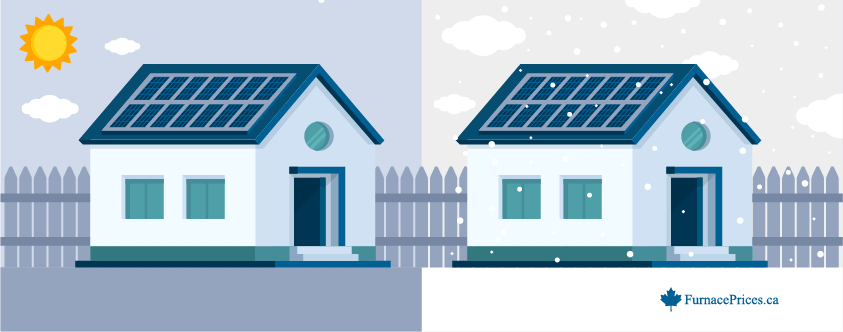
Solar panels also lose some generation capacity when they heat up. Unlike the performance loss over time, which is permanent, the effect of high temperature is temporary. However, solar panels can get hot even in colder climate zones, since they are constantly under the sun.
Solar manufacturers use the temperature coefficient to describe the effect of high temperature on their PV modules. For example, a coefficient of -0.40% per °C indicates that the panel will generate 0.40% less energy for every Celsius degree of temperature rise. A lower coefficient indicates that the solar panel is less affected by high temperatures.
- For example, a solar panel with a temperature coefficient of -0.50% per °C will lose 5% of its output for every 10°C of temperature rise. With a coefficient of -0.24% per °C, a solar panel only loses 2.4% output with a 10°C rise.
- Having a low temperature coefficient is very important when using solar panels in hot climate zones. High temperatures are less of an issue in Canada and the northern US, but a low coefficient will still increase electricity production.
Here is the temperature coefficient of the six solar panel series we have been comparing throughout the guide:
| Solar Panel Brand and Product Line | Temperature Coefficient |
|---|---|
| SunPower Maxeon 6 AC Series | SunPower Maxeon 6 AC Series |
| REC Alpha Pure-R Series | -0.24% per °C (-2.4% per 10°C) |
| Panasonic EverVolt HK2 Black Series | -0.24% per °C (-2.4% per 10°C) |
| Canadian Solar HiHero Series | -0.26% per °C (-2.6% per 10°C) |
| Silfab Prime Series | -0.29% per °C (-2.9% per 10°C) |
| Q CELLS Q.PEAK DUO BLK M-G11S+ Series | -0.34% per °C (-3.4% per 10°C) |
Q CELLS has a slightly higher degradation rate and temperature coefficient than the other solar brands in the table. However, Q CELLS is also one of the most affordable premium brands.
Final Recommendation: Choose a Professional Solar Installation Company
High-quality solar panels offer increased power bill savings and durability, but hiring a qualified solar installer is equally important. Even the best solar panels can give you trouble if they are not installed correctly, and manufacturers void their warranty when PV modules are not used according to their instructions.
Of the six solar brands mentioned above, only SunPower is both a manufacturer and an installer. Most solar brands are exclusively dedicated to manufacturing, and they work with approved contractors who offer installation services. Here are some recommendations when comparing solar installation companies:
- Check if they are accredited by the Better Business Bureau (BBB). You can also check their average customer score at the BBB and read verified reviews.
- Make sure the solar installer is accredited by the North American Board of Certified Energy Practitioners (NABCEP).
You should also compare solar offers from several companies, to make sure you are getting a fair price. As reference, consider the average solar costs in Canada in the US:
- Canada = CA$3.34 per watt, according to EnergyHub.org
- USA = US$3.25 per watt, according to the Solar Energy Industries Association (SEIA)
Actual prices can vary depending on several factors. For example, you can expect to pay above-average prices if you purchase SunPower Maxeon panels with a 40-year warranty. Also consider that your out-of-pocket cost will be lower after applying incentives like the Canada Greener Homes Grant or the US Clean Energy Investment Tax Credit.
Get Quotes
How soon are you looking to buy?*






